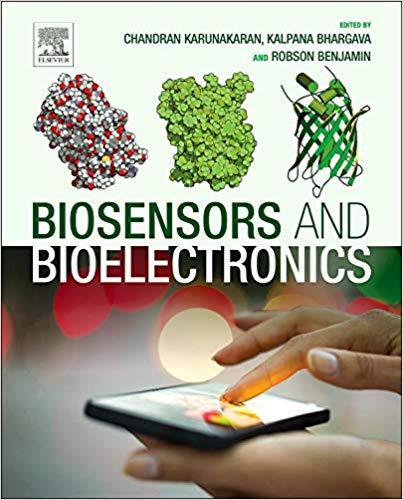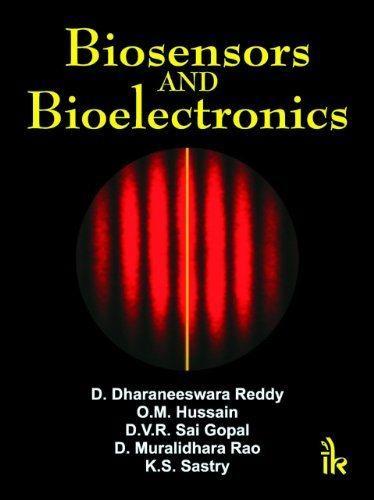
Bioelectronics and Biosensors: A Comprehensive Guide
Bioelectronics and biosensors have emerged as revolutionary technologies in the field of healthcare and biotechnology. By harnessing the power of electronics and biology, these technologies have the potential to revolutionize the way we diagnose, monitor, and treat diseases. In this article, we will delve into the intricacies of bioelectronics and biosensors, exploring their working principles, applications, and future prospects.
Understanding Bioelectronics
Bioelectronics refers to the integration of electronic devices with biological systems. These devices are designed to interact with biological tissues, cells, and molecules, enabling the monitoring and manipulation of biological processes. The primary goal of bioelectronics is to provide a non-invasive and minimally invasive approach to healthcare, thereby improving patient outcomes and reducing healthcare costs.

One of the key components of bioelectronics is the bioelectronic interface. This interface acts as a bridge between the electronic device and the biological system, facilitating the exchange of information and energy. The bioelectronic interface can be designed to interact with various biological entities, including neurons, muscles, and organs.
How Bioelectronics Work
Bioelectronics devices typically consist of three main components: sensors, signal processing units, and actuators. Sensors are responsible for detecting biological signals, such as electrical activity, chemical changes, or mechanical forces. Signal processing units then analyze these signals and convert them into useful information. Finally, actuators are used to manipulate the biological system, such as delivering electrical stimulation or releasing therapeutic agents.
One of the most notable applications of bioelectronics is in the field of neural interfaces. Neural interfaces are designed to connect the nervous system with electronic devices, enabling the control of prosthetics, the restoration of sensory perception, and the treatment of neurological disorders. For example, cochlear implants are bioelectronic devices that restore hearing by converting sound waves into electrical signals that stimulate the auditory nerve.
Exploring Biosensors
Biosensors are another critical component of bioelectronics. These devices are designed to detect and measure specific biological substances, such as proteins, DNA, or glucose. Biosensors can be used for a wide range of applications, including medical diagnostics, environmental monitoring, and food safety.

Biosensors typically consist of a recognition element, a transducer, and a signal processing unit. The recognition element is responsible for binding to the target molecule, while the transducer converts the binding event into an electrical signal. The signal processing unit then analyzes the signal and provides a quantitative measurement of the target molecule.
Applications of Bioelectronics and Biosensors
Bioelectronics and biosensors have a wide range of applications in various fields. Here are some of the most notable examples:
| Application | Field | Description |
|---|---|---|
| Glucose Monitoring | Diabetes Management | Biosensors can be used to continuously monitor blood glucose levels, providing real-time data for diabetes management. |
| Cardiac Monitoring | Cardiology | Bioelectronic devices can be used to monitor heart rate, rhythm, and electrical activity, helping to detect and treat cardiac arrhythmias. |
| Neurological Disorders | Neurology | Bioelectronic interfaces can be used to treat neurological disorders, such as epilepsy and Parkinson’s disease, by delivering electrical stimulation to the brain. |
| Environmental Monitoring | Environmental Science | Biosensors can be used to detect and monitor pollutants in water, air, and soil, helping to protect public health and the environment. |
The Future of Bioelectronics and Biosensors
The field of bioelectronics and biosensors is rapidly evolving, with new technologies and applications being developed at a remarkable pace. Some of the key trends in this field include:
- Miniaturization: As technology advances, bioelectronic devices and biosensors are becoming smaller, more portable, and less invasive.
- Integration: There is a growing trend towards integrating bioelectronics and biosensors with other technologies, such as artificial intelligence and the Internet of Things (IoT).
- Personalization: The development of personalized bioelectronic devices and biosensors that



